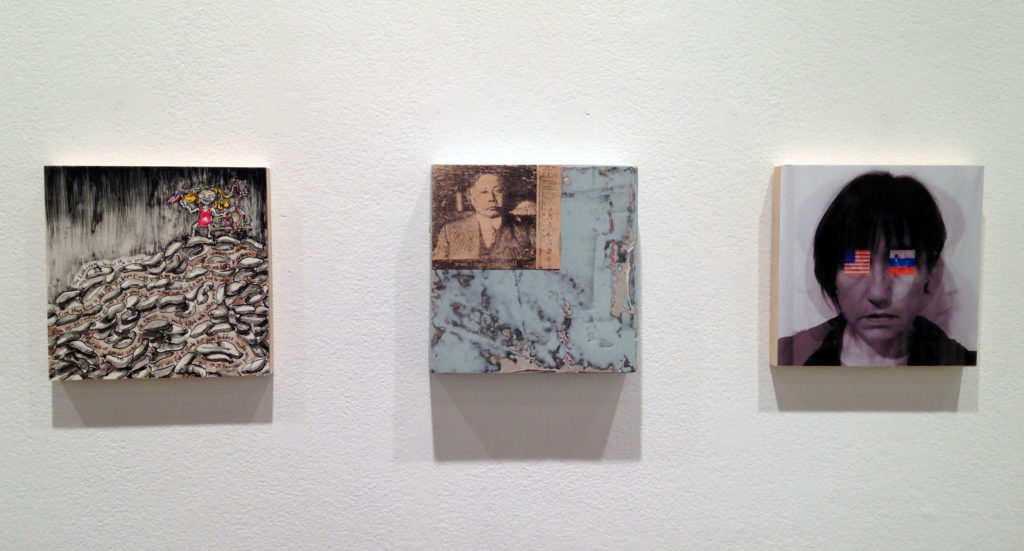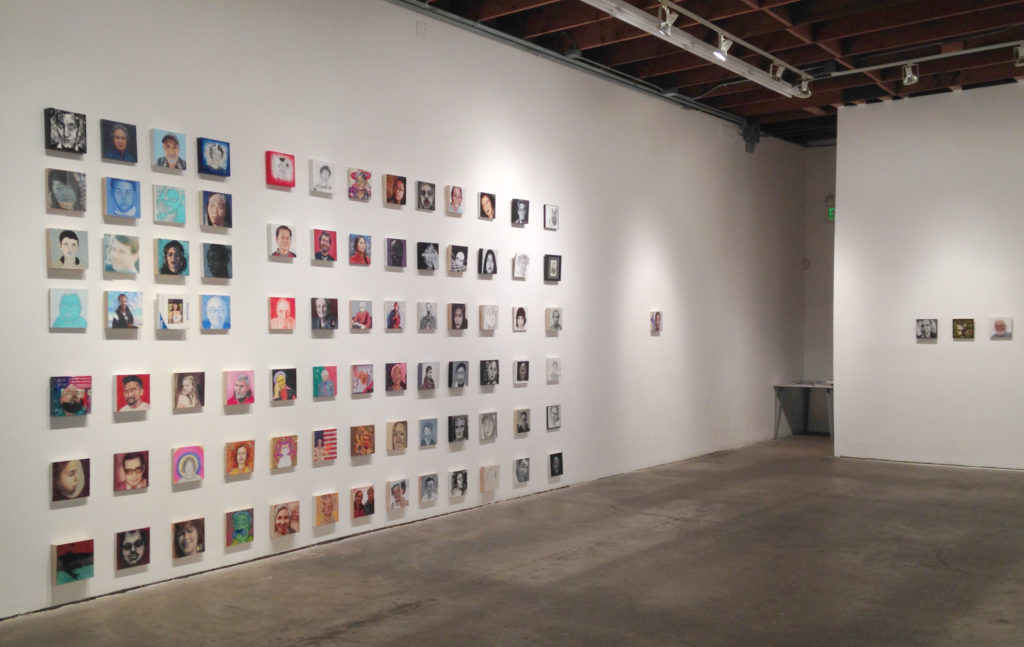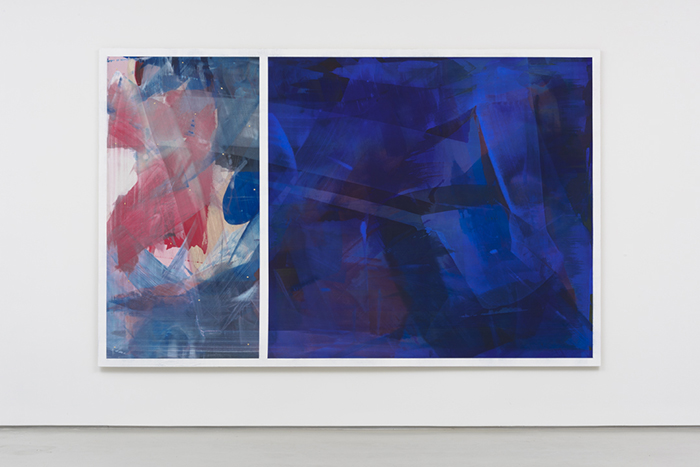
Hung Liu “Portrait of China Mary”, 2006, Oil on canvas
Currently at The James Museum in St. Pete, is From Far East to West: The Chinese American Frontier, an informative show that includes many beautiful paintings. There’s so much history in America that often doesn’t get taught in school. This is a great opportunity to learn about this immigration story through artwork as well as text.
From the museum about the exhibition-
While European American settlers gradually pushed the United States frontier westward throughout the 1800s, the West coast of the country was developing independently as well. Accelerated by the discovery of gold mid-century, the population boom included Chinese immigrants who crossed the Pacific Ocean to California.
Most 19th century Chinese immigrants came to their new country from the coastal Canton region (province of Guangdong today) in southeastern China. Starting over on a different continent away from familiar surroundings and culture would be challenging, but for many decades anti-Chinese hostility and exclusion laws made settling in the United States even more difficult. The achievements of Chinese immigrants paved a path for future generations and are a testament to strength and perseverance.
The foundation for the exhibition highlights narratives of Chinese America from the 1850s to the 1930s. The paintings-all created by Chinese Americans in the 21st century-reflect inspiration from this history. The painters are also fueled by their own, more recent immigration stories to the United States after China’s Cultural Revolution (1966-1976) and their rigorous art training in the government-sponsored movement of Socialist Realism. After China opened to the rest of the world in the late 1970s, many Chinese artists-like Mian Situ, Jie Wei Zhou, Benjamin Wu, Hung Liu, and Z.S. Liang, all featured here were inspired to immigrate to the United States in search of greater opportunity.
Here, these artists’ historical interpretations speak to culture, identity, community, and resilience. Related objects and ephemera from the period support these stories. From the Gold Rush to Angel Island, this exhibition reveals often overlooked but significant contributions and perspectives of Chinese immigrants that deepen our understanding of U.S. history.

Hung Liu “Dandelion with Small Bird”, 2017 Mixed media
About the above painting from the museum-
Dandelions and their fluffy seed pods can be found anywhere in the world and thrive wherever they land. Their migratory nature allows them to survive a journey across vast lands even across oceans and take root anywhere in the world. For Liu, the dandelion represents her own tenacity and ability to thrive in the face of adversity.
The dandelions, fragile in nature and tattered by the lightest breeze, mimic how images, and personal narratives, too, can be scattered by time and the winds of history —as well as by the rhythms of feast and famine …
–Hung Liu

Mian Situ “Blasting a Route Through the Sierra Nevada, 1865, Central Pacific Railroad”, 2018, Oil on canvas

Mian Situ “The Gold Seekers , Chinese Camp, 1850”, 2015, Oil on canvas

Jie Wei Zhou “Dragon Parade”, 2012, Oil on Linen
This exhibition is on view until 1/28/24.





